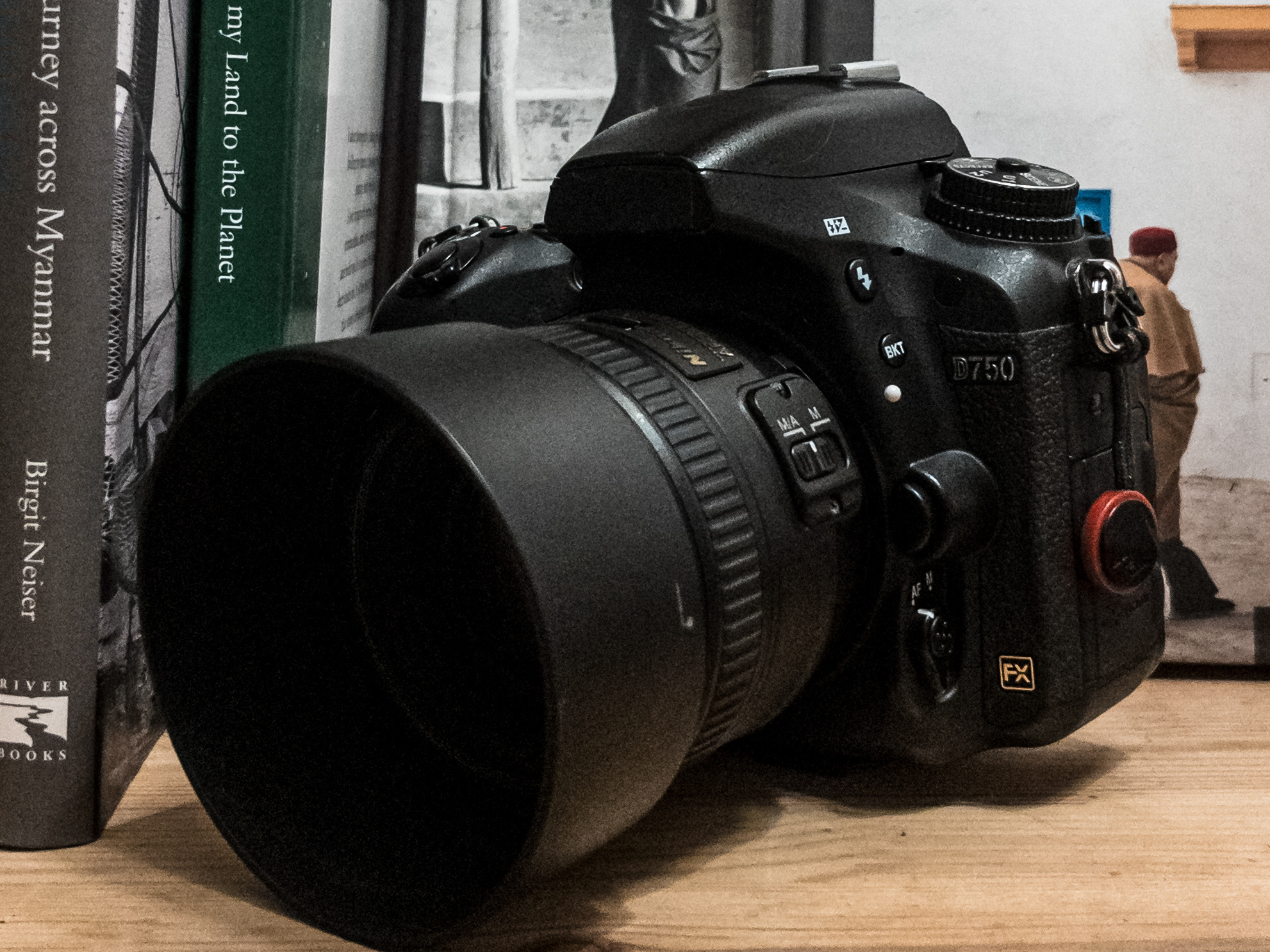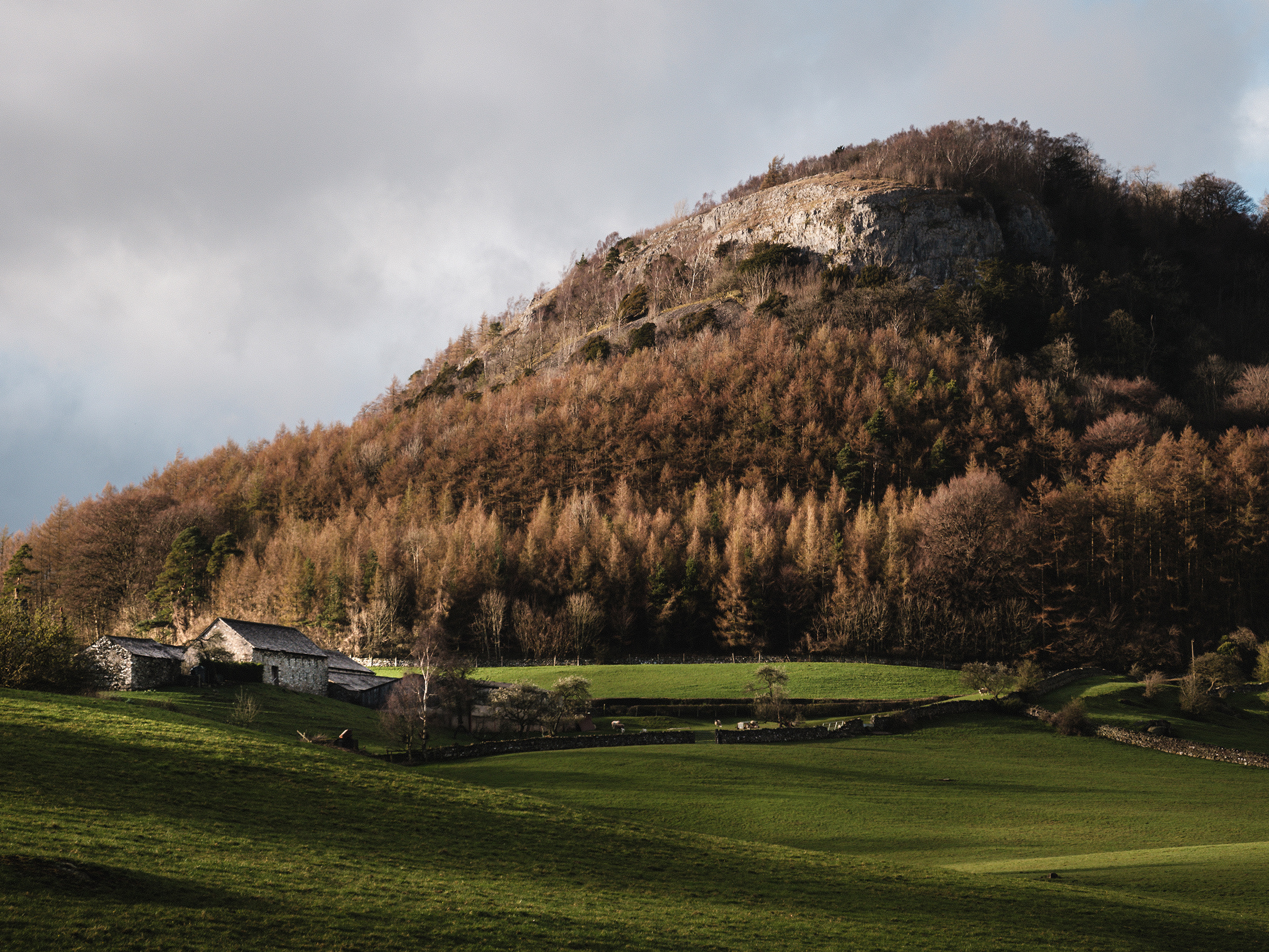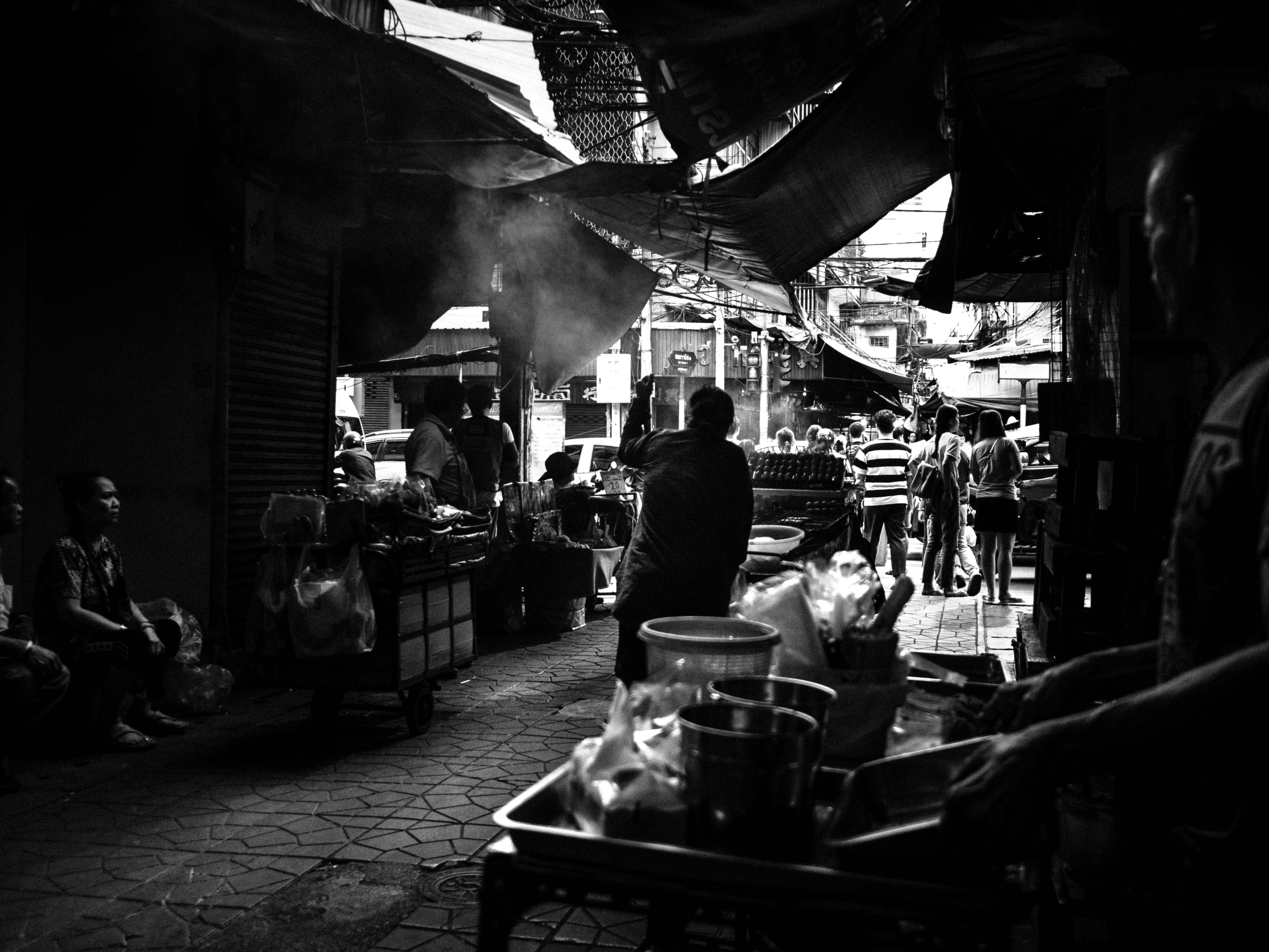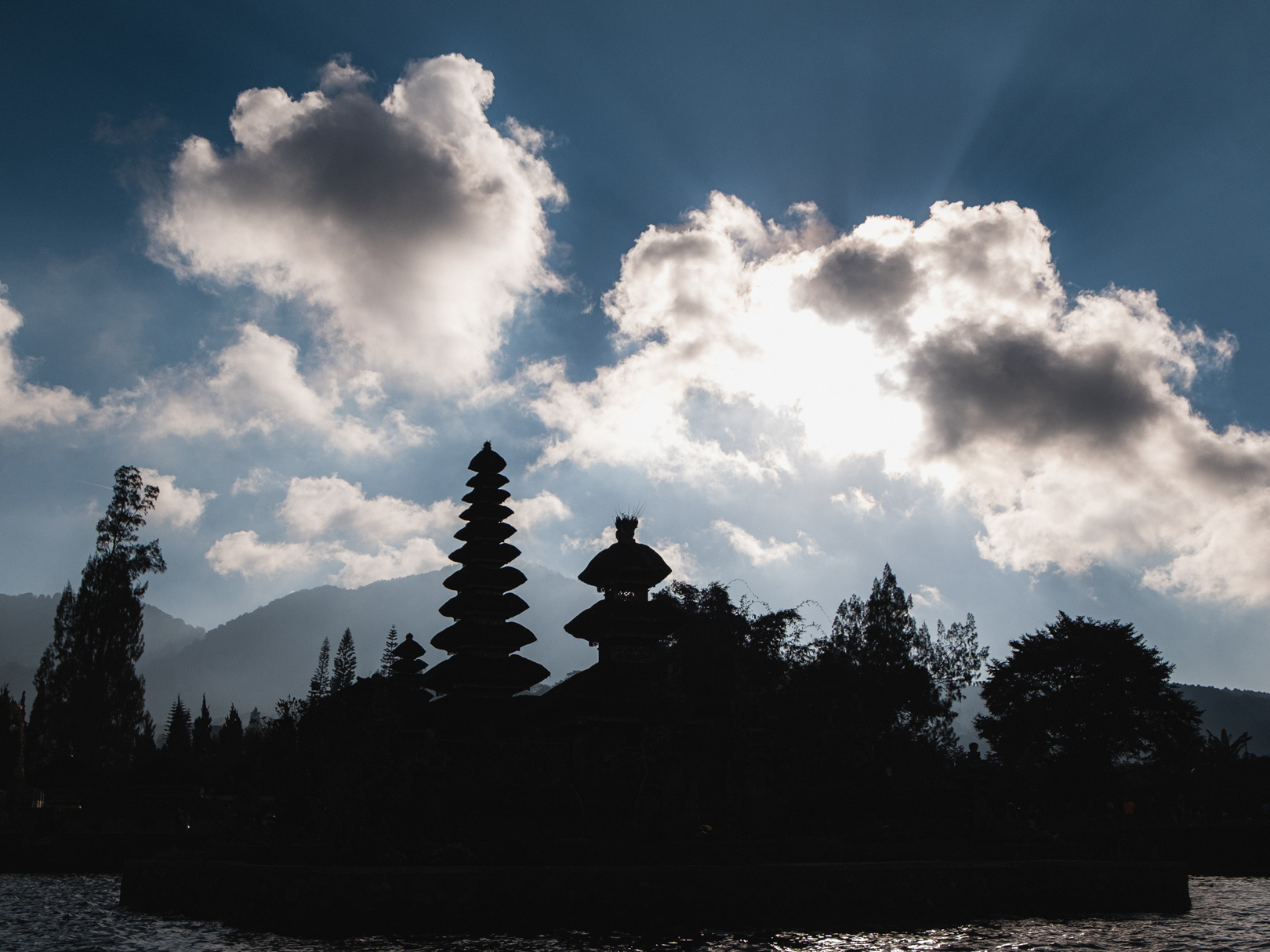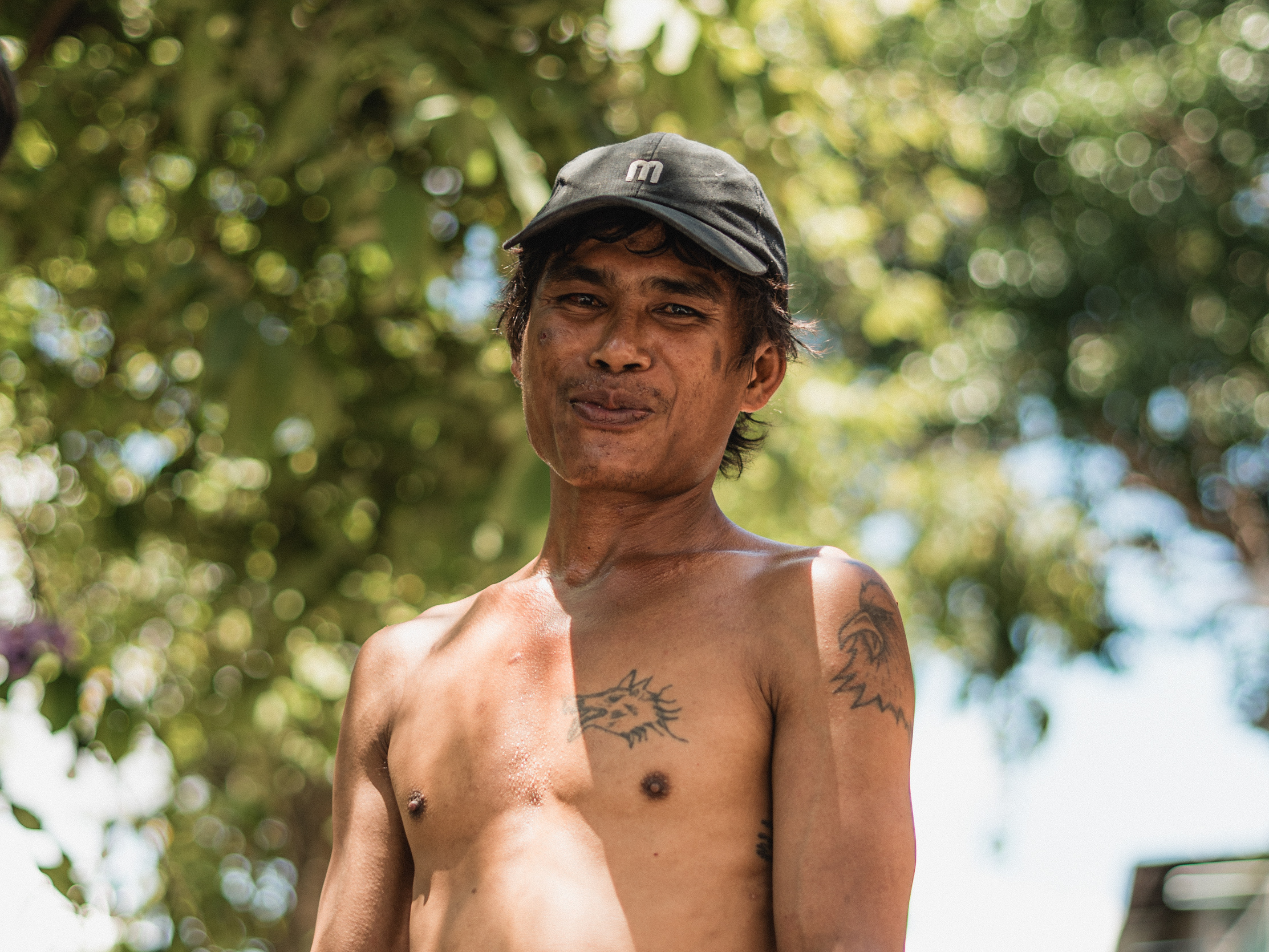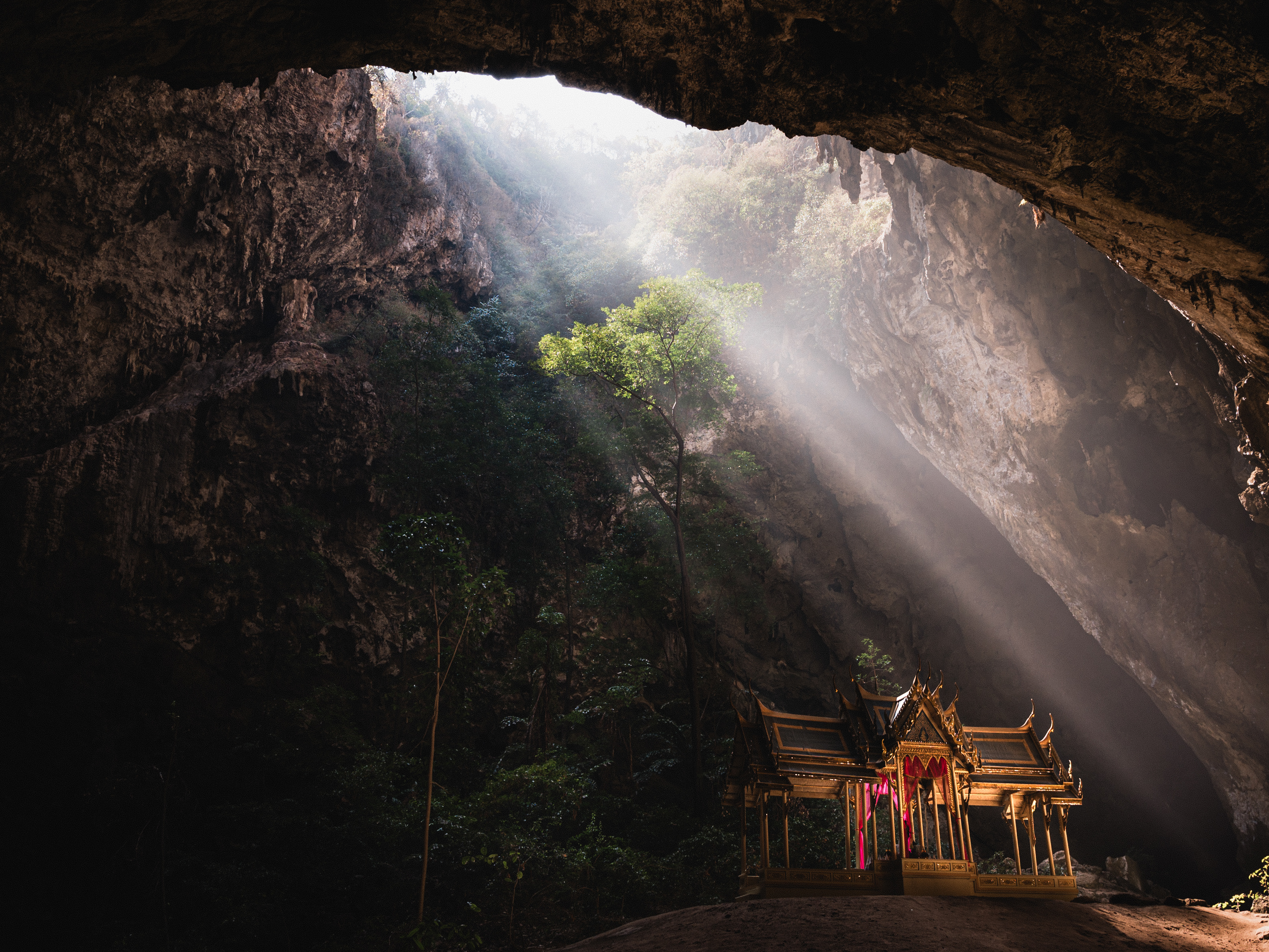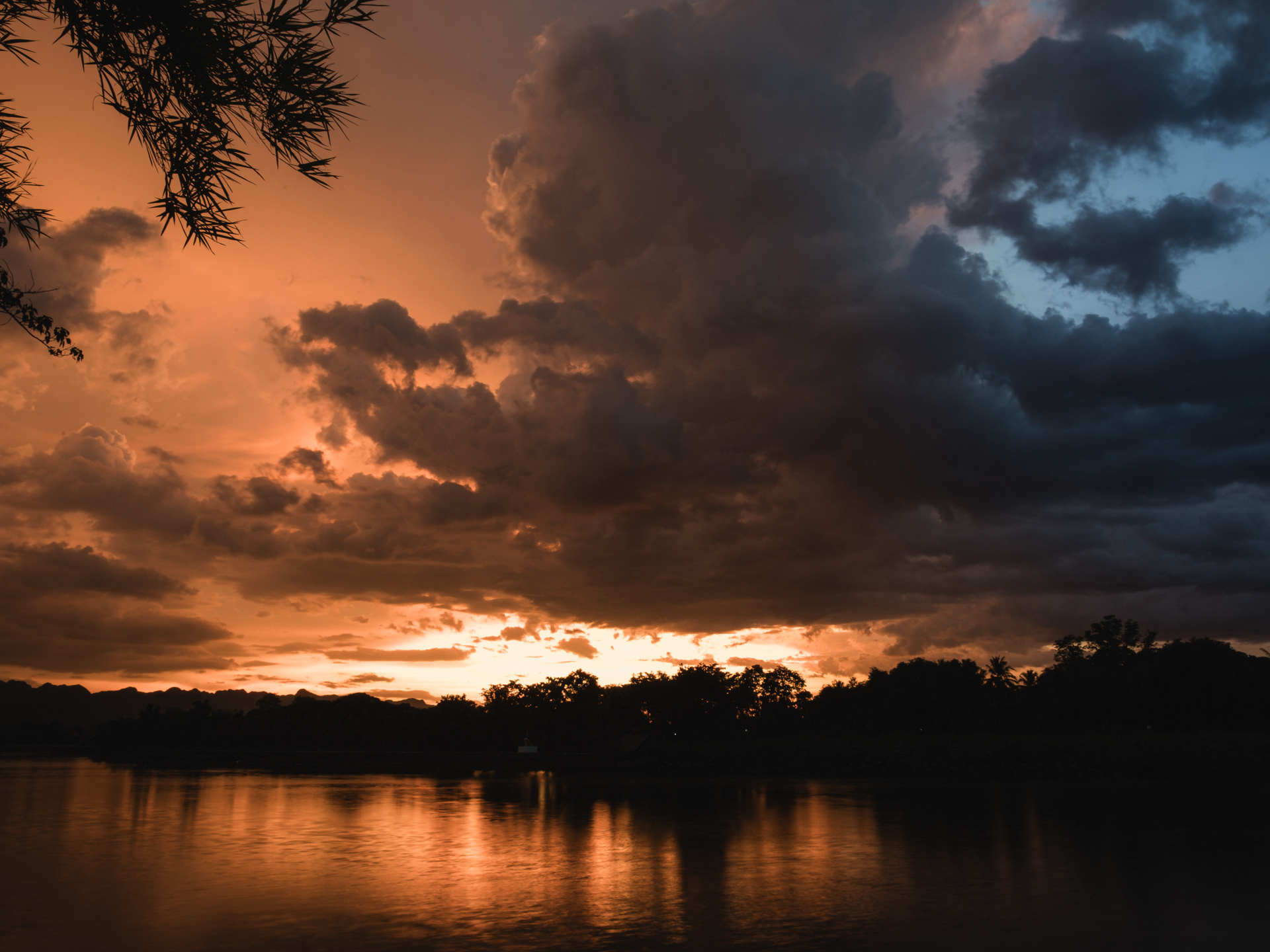A Camera I Can Trust
I’ve written before about how I recently returned to Nikon in the form of their excellent D750 DSLR. This comes after a long period of switching between camera systems, constantly searching for that “Goldilocks” camera, the one that feels just right. As I’ve mentioned, I never really found that perfect fit after selling my original D750s back in 2019. Now, coming full circle and reuniting with an old friend, I finally feel like I have a camera I can trust again, one that truly feels right. Let’s talk about it.
Cameras Aren’t Built Like DSLRs Anymore
One of the biggest frustrations I faced during my gear-hopping phase was a constant sense of poor build quality. The only exception was the Nikon Z6, that camera felt great in the hand. But the Fujifilm and Sony bodies I tried always felt flimsy, almost as if they might self-combust at any moment.
I take really good care of my equipment, always aiming to get the best performance out of it. Despite that, the Fujifilm X-T3 I used for a few years broke down multiple times. First, the top dials became stuck and unusable. Then the paint began flaking off in various places. Worst of all, the X-T3 had a tendency to swell batteries inside the body, making battery changes nearly impossible. I went through four or five replacements, not ideal. The final straw? A broken shutter. By then, the X-T3 was already an older camera, and the repair quote was astronomically high. I’ll keep my reaction PG here, but let’s just say I was more than a little fed up.
The Sony cameras I used, the A7C and A7III, never failed me mechanically. Technologically, they’re exceptional. The autofocus is astonishingly fast, the dynamic range is superb, and the image sharpness is solid. But despite all that, the cameras never felt satisfying in the hand. The dials didn’t feel rugged, and the buttons felt squishy and cheap. It was enough to put me off. As a photographer, that’s one of the worst feelings: if you don’t enjoy using your gear, your mind will always wander, wondering if there’s something better out there.
Eventually, I found myself back with Fuji, this time with the X-T2, which had lots of reviews claiming it had better build quality than the X-T3. And I agree: the X-T2 felt stronger, with solid clicks on the dials and buttons that inspired confidence. But emotionally, I couldn’t shake the PTSD from the X-T3 experience. I was always on edge, waiting for something to break. On top of that, it never felt quite professional enough for me. I’m no longer a full-time professional photographer, but I still expect my camera to be a tool I can rely on to get the images I want. The X-T2 never gave me that full sense of confidence.
Coming Full Circle
That brings me to today, and to the camera I now proudly carry, an 11-year-old DSLR. Yes, it’s heavier than the Fujis and bulkier than the Sonys, but I don’t care. The Nikon D750 feels just right. It’s built like a tank, and more importantly, it feels like a proper tool, a camera ready to handle anything I throw at it.
Cameras Need to Be Ready for Anything
Right now, I don’t know what my next project will be. I’m currently working on Chao Rim Khlong: Life at the Edge of Water, a passion project that’s been in the making for over four years. But I also love landscapes, wildlife, travel, and adventure photography. So whatever I decide to do next, I need a camera that can rise to the occasion.
That’s where the D750 shines. With the right lens, I truly believe I can shoot anything with this camera. The others, Fuji and Sony, would’ve left me worried that they might fail in the middle of an important shoot or in some remote location. I can’t afford to buy two of everything I own as backup, so I need to trust my gear to work in any situation.
Technically, the Fuji X-T3 could handle a variety of subjects, its autofocus and image quality were excellent. But I never believed it could handle pressure. The Sonys? Outstanding tech, no doubt. But they never felt right in my hand. And for me, photography is about the whole experience. I love the process, the act of shooting, just as much as the final image. If I’m not enjoying my time behind the camera, I’m not at my best.
The X-T2 felt a little too slow and outdated in key ways. That would’ve made me hesitant to push it in challenging situations. But the D750? That camera practically talks to me:
“Okay boss, what are we shooting today? Wildlife? No problem, grab the 200-500mm and let’s go. Portraits on the Khlong? Awesome, grab the 24-70 and 50mm and we’re good to go!”
Yes, that’s exactly what it would say if it could talk, I’m convinced. And beyond the feel, I know the files are consistently excellent. No matter what I capture, I’m confident the results will hold up. If it takes a bump against a tree or a bounce on a Khlong boat, the D750 will just shake it off and get on with the job. That’s what I need from a camera.
A Little Side Note
Having the right gear for the job goes beyond the camera body, lenses are just as important. Nikon F-mount lenses are now incredibly affordable, meaning I can build out a strong lens lineup without breaking the bank. Fuji and Sony glass, by comparison, is far more expensive for similar quality. Again, this all supports my goal of having a camera setup I can trust completely.
To Conclude
These are just my personal thoughts and experiences with the gear I’ve used. Your choices will be different, and that’s okay. If you’re shooting street photography, a Fuji might be perfect. If you’ve got a big budget, a Sony A1 and some fast lenses would serve you well. If rugged build quality is your priority, a Nikon Z8 and the incredible Z-glass would be a dream setup.
But for me, with a limited budget and a wide range of photographic interests, I need gear that’s versatile, durable, and affordable. My current setup fits that perfectly:
Nikon D750
-24–70mm f/2.8
-50mm f/1.4
-200–500mm f/5.6
-(and maybe even a 70–200mm f/4)
With that kit in my bag, I can shoot confidently and comfortably, knowing I have the tools to get the job done, whatever the job may be.
Find your own happy place with camera gear. Then pack your bag and get out into the world. After all, that’s the best part of photography: it’s the perfect excuse to get out and explore.
Thanks for reading,
Arran
Arran

